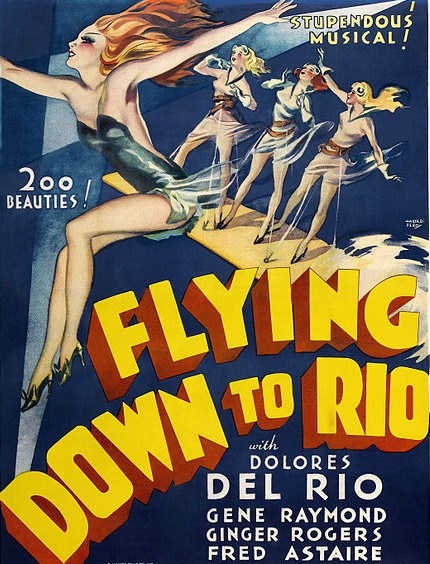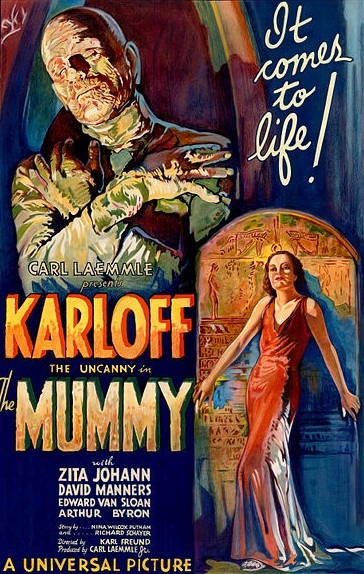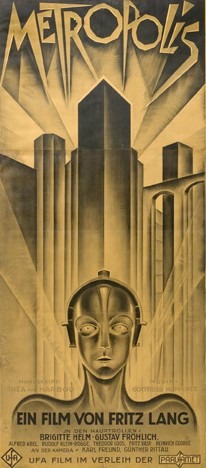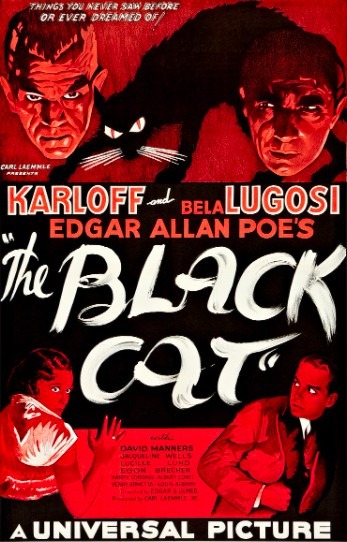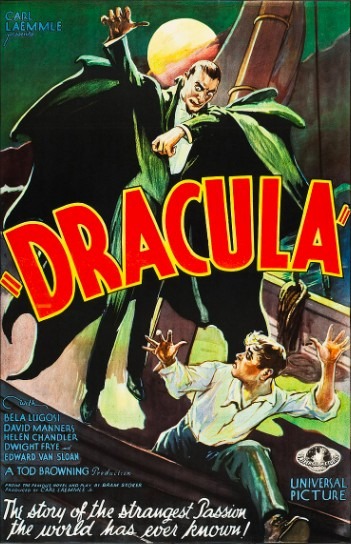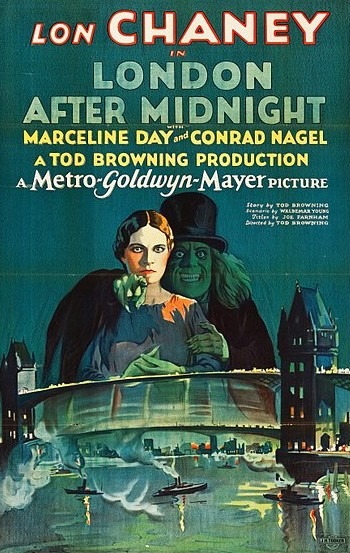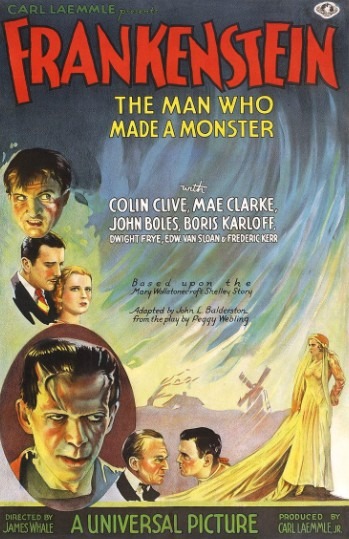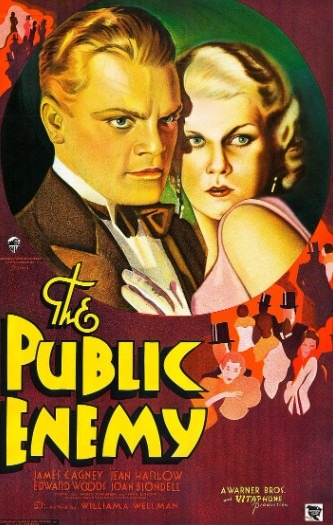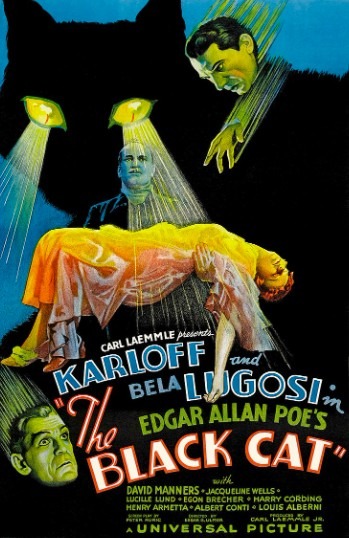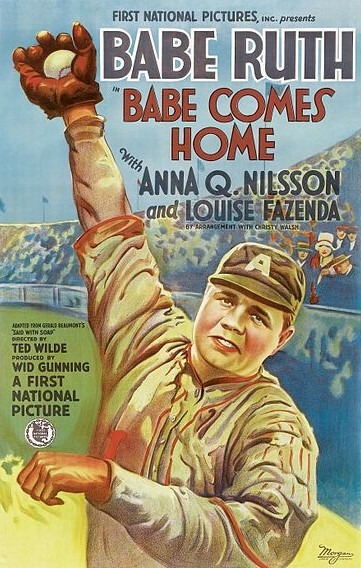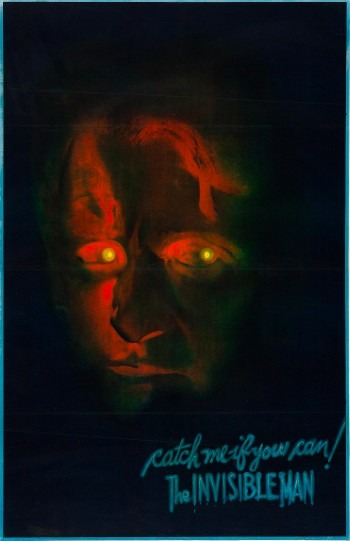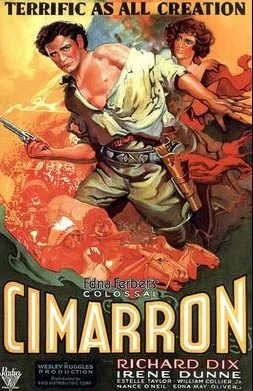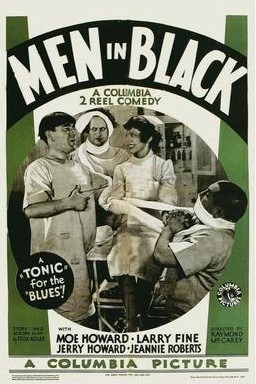Today, people rely on film reviews and ratings to decide whether to watch a movie or not. From IMDB to Rotten Tomatoes to Metacritic, many websites provide reliable film ratings that audiences trust. However, before the advent of the internet, movie theaters had to rely on big, attractive film posters to spark interest in people and make them want to watch any film.
For this purpose, graphic designers and artists were commissioned to create attractive and gorgeous artworks. Colorful and vibrant visages of monsters, vampires, and mummies, among others, were displayed on posters of horror movies, which were particularly high in demand.
After a movie stopped running in theaters and was replaced by other new films, its poster was taken down and discarded. In time, though, these movie posters became incredibly valuable, and people started collecting them. The real valuable poster is one that is original and authentic. So, let us look at ways of ensuring the authenticity of a movie poster.
How Can You Tell If A Poster Is Authentic?
A poster is valuable only if it is original and authentic. The paper size, texture, and copyright information help determine the age and authenticity of a poster. For example, most of the vintage posters produced before 1940 were not dated but had studio logos and copyright info on them. After 1940, most US posters were distributed by National Screen Service and were dated and coded at the bottom. Also, the standard size for one-sheet movie posters was 27″ x 41″.
There are also re-release or reissue posters, which are still original theater-used posters but are way less valuable than a first release poster. At the bottom of most of these reissue posters, there is an “R” in front of the year, as in “R35.” Other phrases on the poster can also help you understand it is a reissue poster, like “Nothing Cut But the Prices,” or “Brought Back by Popular Demand.”
During the 1960s and 1970s, different companies reproduced many vintage movie posters, easily recognizable because of several aspects. Firstly, their size was 24″ x 36″, instead of the standard 27″ x 41″. Secondly, at their bottom, the film’s original release date was given along with copyright info. Still, these posters were not original and virtually worthless.
Why Are Some Posters So Valuable?
Several factors determine the value of movie posters. Notable among them is the title of the film. For example, Casablanca, Dracula, and The Mummy are among the highest-priced movie posters. Then the graphic design and visual art on the poster adds to its value. Even posters of movies that did not do well critically can be costly because well-known artists made them. Finally, the condition of the poster also determines its value.
Most well-priced posters are from movies released in the early 1900s through to the 1950s. From the mid-1970s to the present day, movie posters are printed in such great numbers that they have nearly lost their value, as rarity is also one very significant factor that determines the cost.
Some of the Most Expensive Posters of All Time
Let us look at the most expensive movie posters of all time.
The Mummy (1932)
This is the sixth entry of Boris Karloff and the most expensive US film poster. It sold for $435,000 in 1997. For comparison, the production of the movie itself cost only about $198,000. The great coloring and art expectedly come from the great Karoly Grosz.
Metropolis (1927)
This one is seen by many as the most beautiful poster ever designed. It sold for $357,000 in 2000. It was designed by the German graphic artist Heinz Schulz-Neudamm. Just like the movie, the sharp designs and delicate shades depicted on the poster established a great legacy upon its release.
The Black Cat (1934)
This poster is the second version of 1934’s The Black Cat poster, which sold for much more than its original Style D in 2009: $334,600. It had only been recorded as a small black and white illustration in the original press book until a perfect copy was found in 2009.
Dracula (1931)
This one-sheet for the 1931 Dracula was owned by actor Nicholas Cage when sold in 2009 for $310,700. Only three known printed copies exist of this Style F poster.
London after Midnight (1927)
The last surviving copy of the American poster for the silent horror film London After Midnight was sold for $478,000 at a Heritage Auctions sale in 2014. The film is one of the most remarkable “lost” works in Hollywood.
King Kong (1933)
This three-sheet Style A design made for the 1933 classic horror movie King Kong sold at Sotheby’s for $244,500 in 1999. The poster was purchased by the granddaughter of Cecil B. DeMille, Cecilia Presley, who donated it to the Academy of Motion Picture Arts and Science Foundation.
Frankenstein (1931)
Thanks to the brilliant performance of Boris Karloff, this 1931 poster was sold for $198,000 in 1993, which was a record-breaker for its time. Like most famous posters, it’s a dramatic depiction of a classic horror film from the 1930s.
The Public Enemy (1931)
Depicting perhaps the most iconic gangster film in history, this poster sold for $167,300 in 2016. This is the sole copy of the Style A design, and it was only founded several decades after its release in 2012.
The Black Cat (1934)
The lesser-known but the original poster of the 1934 film The Black Cat, it symbolized the first time horror stars Bela Lugosi, and Boris Karloff appeared together on film. In 2007, the poster went for $286,800 at Heritage Auctions. There are only four existing copies of this Style D one-sheet.
Flying Down to Rio (1933)
The 1933 dance film Flying Down to Rio earned this one-sheet a value of $239,000 in 2008. The movie introduced Fred Astaire and Ginger Rogers to the world, the most famous dance team in cinema history. Its cheerful design makes it one of the most sought-after posters for collecting enthusiasts.
Babe Comes Home (1927)
As with almost any item connected to Babe Ruth, this 1927’s poster for the comedy film Babe Comes Home achieved international fame when it sold for $138,000 in 2007.
The Bride of Frankenstein (1935)
This 1935 film was made possible thanks to the excited audience of its 1931 prequel Frankenstein. Its unique Style D poster was sold in 2007 for $334,600. Its value was precisely tied with that of 1934’s The Black Cat. Both horror films were released in the cinema two years apart, and both boast posters that are the only copy left of their particular style.
The Invisible Man (1933)
This rare “teaser” of a poster was released quite a while before the film’s official release to give the audience a taste of what to expect. As teasers were remarkably uncommon in the 1930s, the poster went unnoticed until 2017, when bought for $274,800.
Cimarron (1931)
This rare Western one-sheet promotes the 1931 Oscar-winning film Cimarron. It came up for auction in 2012 and sold for $101,575.
Men in Black (1934)
Men in Black (1934), the pre-code horror film banned for years, had few and rare controversial posters produced over the years. When one copy made its way to the Heritage Auctions in 2009, it was deservedly valued at $107,550.
Posters of movies released in the 1930s are quite costly, most of which were horror films. The most valuable posters are those rare ones that have no more than a few copies. These are in possession of museums and wealthy collectors and are appreciated by all for their art and the old-world charm they inspire.

